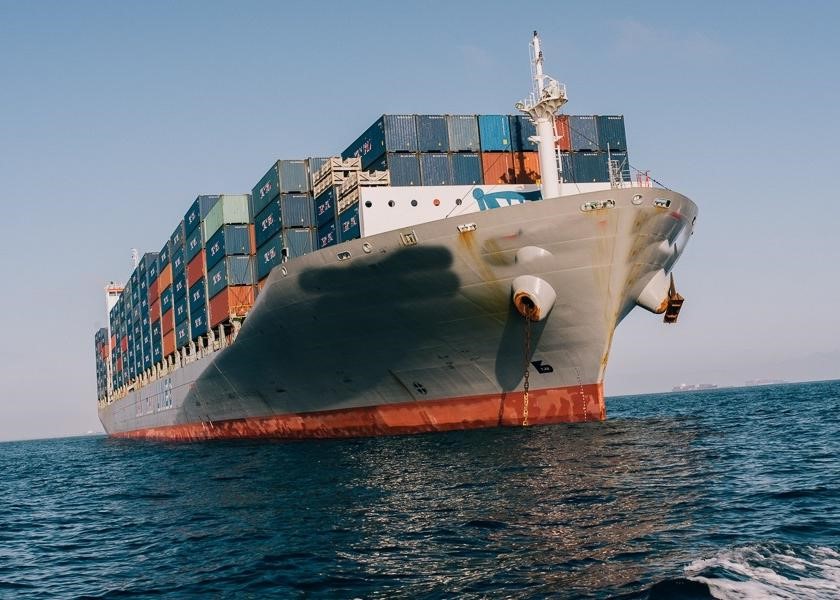Free Courses Sale ends Soon, Get It Now


Free Courses Sale ends Soon, Get It Now



Disclaimer: Copyright infringement not intended.
Context
|
World Oceans Day The ocean covers over 70% of the planet. World Ocean Day is an international day and is celebrated, as a life source to humans, on 8 June every year. It reminds every one of the major role the oceans have in everyday life. Theme for World Oceans Day 2023 is Planet Ocean: tides are changing. |
|
Migratory Species Migratory species, whole or a part of its population, are species that move regularly, periodically or seasonally from one habitat to another during and cover long distances. They cross one or more national jurisdictional boundaries in search of best forage or to escape harsh weather events. |
Findings of the report
Overall Impact on Marine Wildlife
Sources and Threats of Noise pollution for Marine Wildlife and ecosystem
Impact on Communication
Impact on Health
Impact on Habitat and survival
On Humans
Measure to be adopted to address the problem of noise pollution to marine wildlife
For the shipping industry
For Pile driving
For an alternative to Seismic airgun surveys
Role of countries
Other Regional conventions also advocate for the implementation of BAT and BEP
Way Ahead/Other Measures
|
Convention on Migratory Species (CMS)
|
|
Convention on Biological Diversity (CBD)
|
Must read Article:
https://www.iasgyan.in/daily-current-affairs/un-environment-programme-unep
|
PRACTICE QUESTION Marine Noise pollution has become an eminent danger to Marine diversity and human survival. Elaborate. Also enumerate the steps which could be taken to address the severe implications of underwater noise pollution. (250 words) |
https://www.lokmattimes.com/national/need-to-reduce-noise-to-safeguard-marine-species-un-report/
© 2024 iasgyan. All right reserved